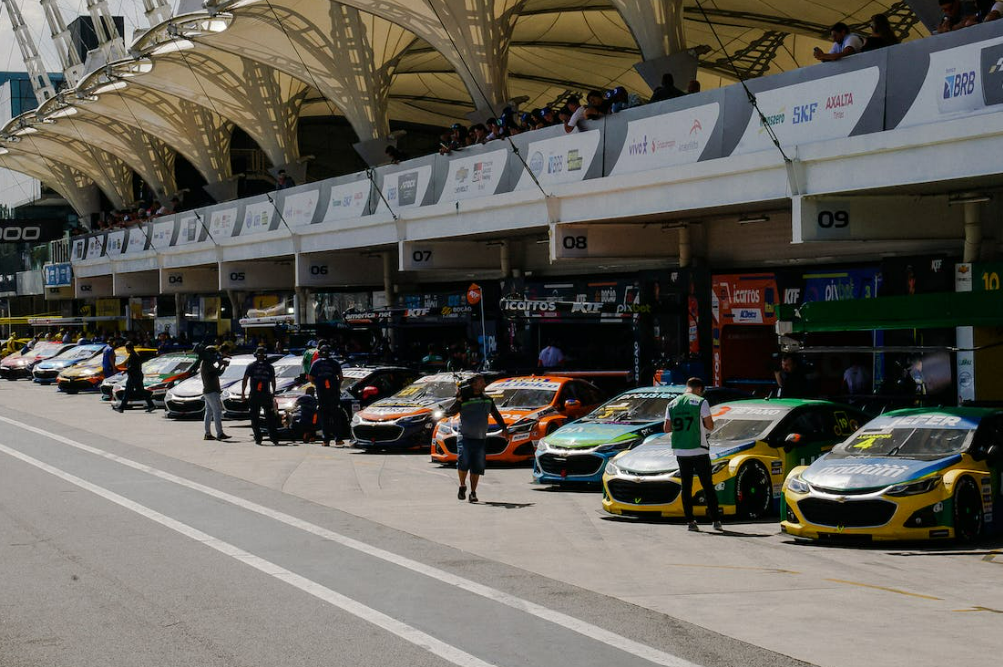100exch, Matchexch9, Laser 247.com: Flying cars and autonomous vehicles continue to face a myriad of challenges as we navigate the path towards their successful implementation. One of the primary hurdles is the development of infrastructure to support these innovative modes of transportation. Establishing necessary landing pads, charging stations, and network connectivity is crucial for the safe and efficient operation of flying cars and autonomous vehicles.
Moreover, public acceptance and trust in the technology poses a significant challenge. Concerns regarding safety, reliability, and privacy need to be addressed to gain widespread adoption of these advanced transportation solutions. Building confidence among the general public and policymakers is essential to overcome the skepticism and apprehensions surrounding the integration of flying cars and autonomous vehicles into daily life.
Flying cars and autonomous vehicles hold the promise of revolutionizing transportation, offering quicker and more efficient means of travel. However, the environmental impact of these futuristic modes of transportation is a topic of concern. One major issue is the potential increase in carbon emissions due to the reliance on fossil fuels for energy, which can contribute to air pollution and global warming.
Additionally, the infrastructure needed to support flying cars and autonomous vehicles may lead to habitat destruction and disruption of ecosystems. The construction of landing pads, charging stations, and maintenance facilities could encroach upon green spaces, putting a strain on biodiversity. It is crucial for policymakers and industry stakeholders to carefully consider the environmental repercussions of integrating these advanced technologies into our daily lives.
Regulatory Hurdles for Flying Cars and Autonomous Vehicles
99 Exchange, Big Exchange ID, Maxwin9: Addressing the regulatory hurdles in the development and deployment of flying cars and autonomous vehicles is a pressing challenge for policymakers and industry stakeholders alike. Establishing comprehensive guidelines that ensure the safety, security, and efficiency of these innovative modes of transportation is essential to their successful integration into existing infrastructures. However, navigating the complex web of regulations at local, national, and international levels poses a significant barrier to the widespread adoption of these technologies.
Furthermore, the evolving nature of flying cars and autonomous vehicles presents an additional layer of complexity in regulatory frameworks. Traditional regulatory frameworks may not be equipped to address the unique features and capabilities of these futuristic modes of transportation. Balancing innovation with safety concerns, privacy issues, and liability considerations requires a coordinated effort among governmental bodies, industry leaders, and other relevant stakeholders to establish a coherent regulatory framework that fosters innovation while safeguarding public interests.
� Ensuring safety, security, and efficiency is crucial for integration
� Complex web of regulations at local, national, and international levels
� Traditional regulatory frameworks may not be equipped to address unique features of flying cars and autonomous vehicles
� Balancing innovation with safety concerns, privacy issues, and liability considerations is essential
What are some of the challenges in implementing flying cars and autonomous vehicles?
Some challenges include infrastructure development, safety concerns, public acceptance, and regulatory hurdles.
How do flying cars and autonomous vehicles impact the environment?
Flying cars may contribute to noise pollution and emissions, while autonomous vehicles have the potential to reduce traffic congestion and emissions.
What are some of the regulatory hurdles for flying cars and autonomous vehicles?
Regulatory hurdles include airspace regulations, safety standards, liability issues, and the need for new laws to govern these emerging technologies.

